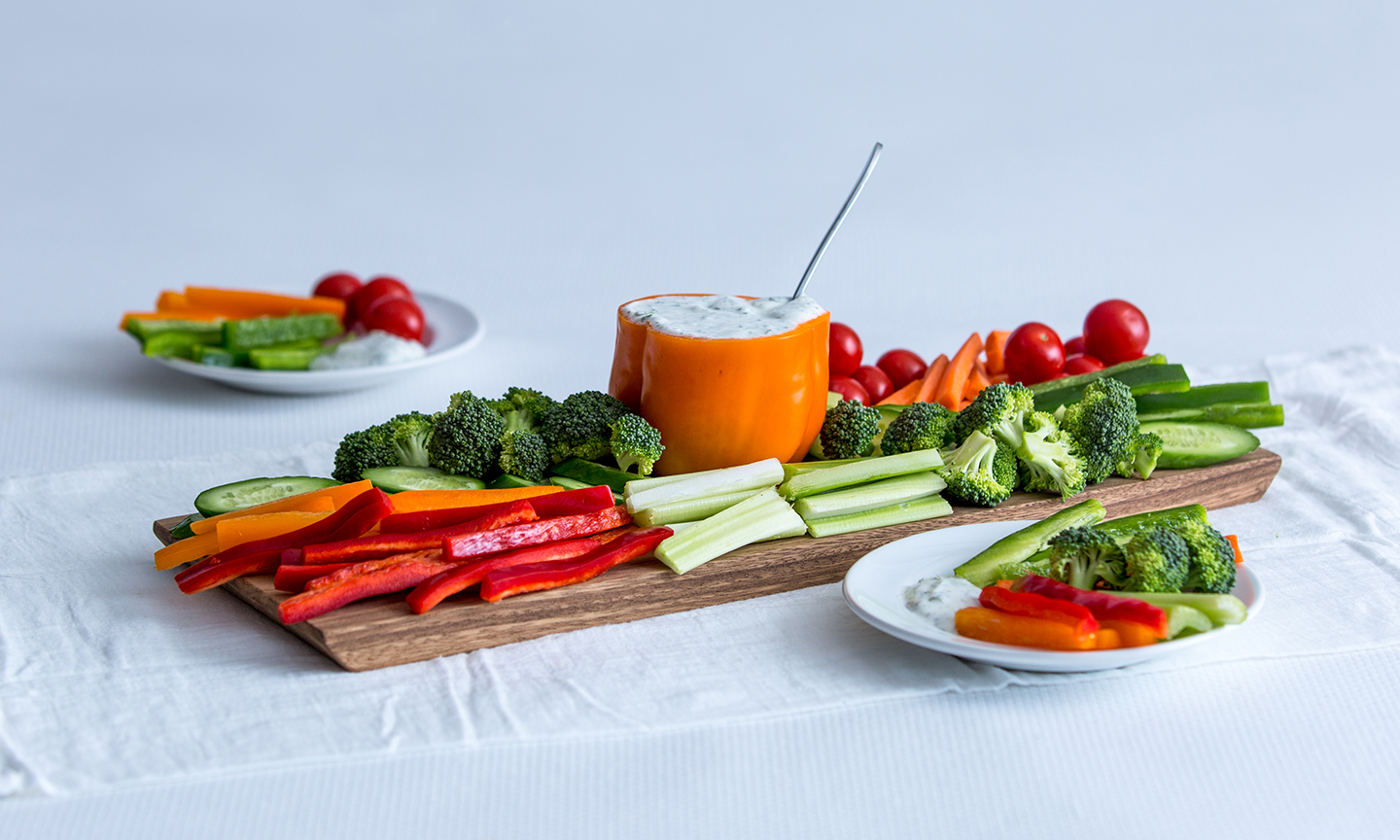Blog

According to the 2015 Dietary Guidelines, about 85% of Americans eat fewer vegetables than we should. That means only 15% are eating enough. Potatoes and tomatoes are the most commonly eaten, followed by lettuce and onions.
Therefore, the Dietary Guidelines recommend making small shifts to eat more vegetables. This includes
eating more vegetables that are prepared in ways that are lower in calories, saturated fats, and sodium
and eating a wider variety of vegetables.
I follow someone on social media who has been encouraging her followers to eat more vegetables. One of the ways she gets in her vegetables is eating them at breakfast. Unless I’m eating eggs with vegetables or a smoothie with spinach, I don’t often eat vegetables at breakfast. However, there’s no reason I can’t! So, I’ve been challenging myself to do so. Some ways Some breakfast veggies that work for me are: leftover roasted vegetables, eating carrot sticks and pepper strips, and eating celery with peanut butter. These are all things I do other times of the day. Now I just eat them earlier to help me get in more vegetables. Here are a few other ways you might try eating more vegetables.
- Think of vegetables as part of your main dish as well as a side dish. We have lots of recipes that
include vegetables as part of the main dish. - Make a vegetable tray and keep it in your refrigerator to grab out for snacks and meals. Make Vegetable Dip or After School Hummus to go along with the vegetables. Vegetable trays seem to
make vegetables more exciting! - Eat them fresh, frozen, and canned. All forms of vegetables count, so don’t let the worry that
fresh vegetables will go bad or the time to cut them up prevent you from eating more
vegetables. Eat canned vegetables that are low in sodium and frozen vegetables without sauce
in addition to fresh.

